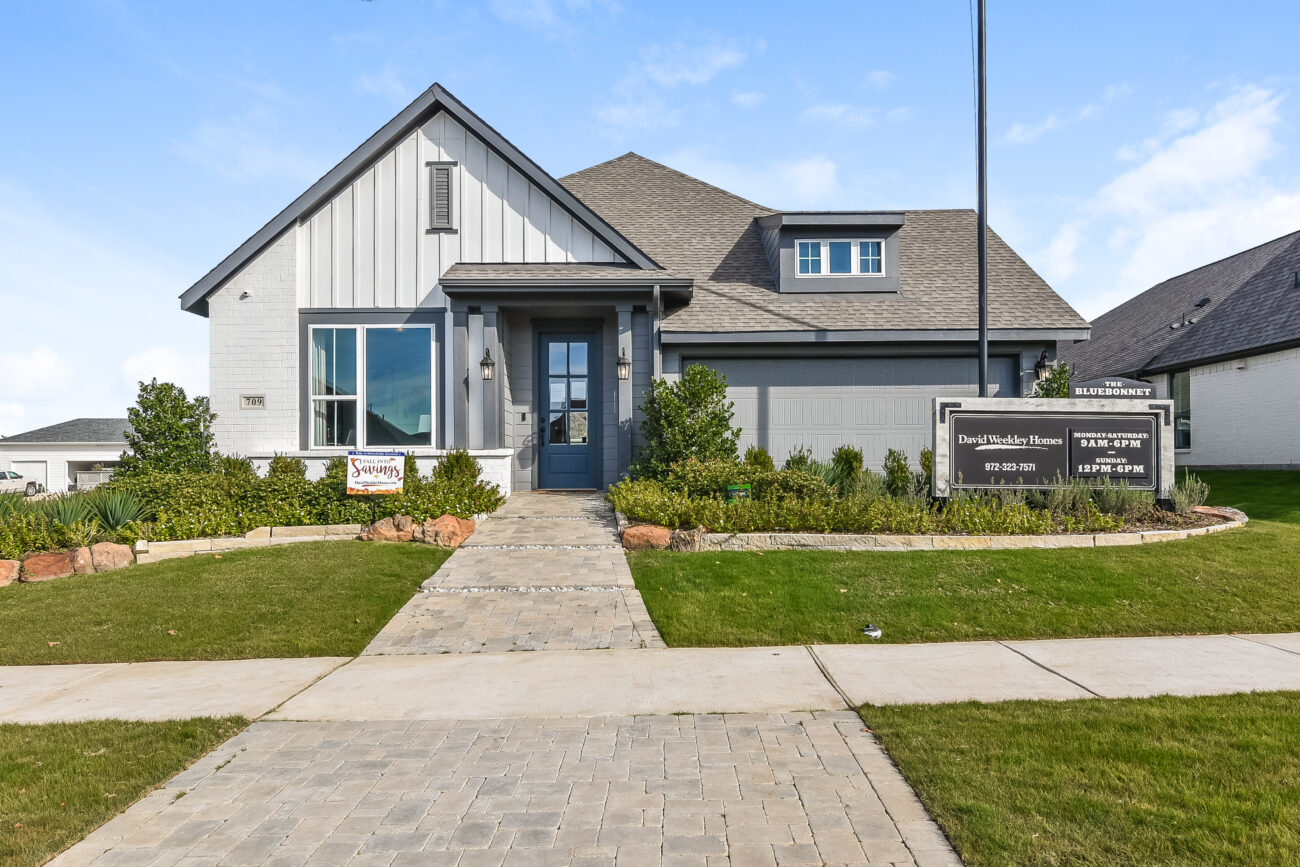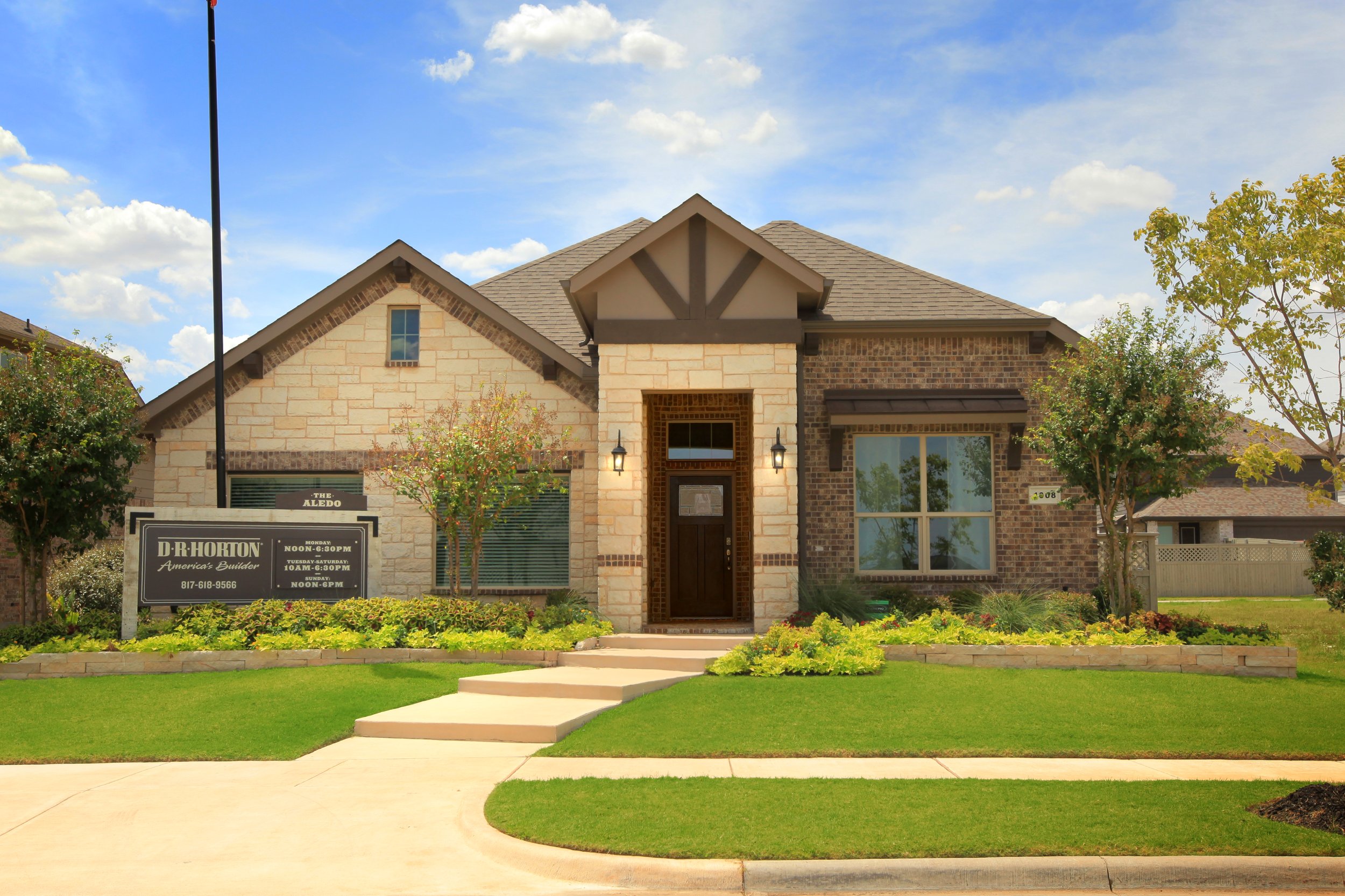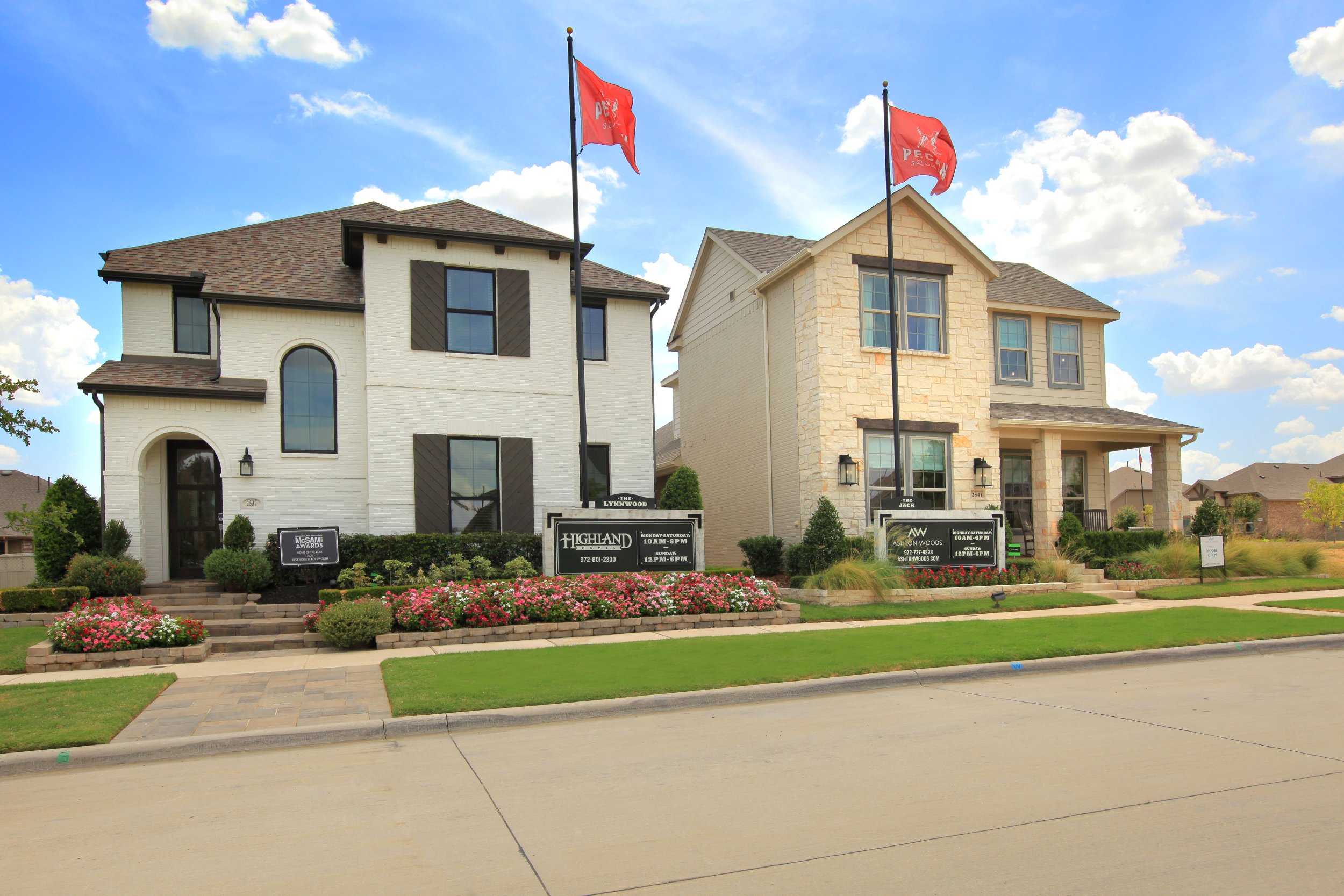
The Surging Wave of Demand for Small New Construction Homes
Is bigger always better? There’s a new trend growing within the ever-evolving landscape of the housing market that says otherwise: the significant rise in demand for smaller new construction homes.
According to a recent report by Business Insider, new-unit sizes for homes have decreased by 13% nationally since 2015. Yet, despite the shrinking house sizes, the cost per square foot has not followed suit. Neither this trend nor higher mortgage rates are slowing demand. Below, we’ll take a closer look at what’s driving this trend — and why it may not be going away anytime soon.
The Rise in Popularity of Compact Living

The allure of compact living seems to be much more than just a passing trend. Instead, it’s a reflection of a broader shift in buyer preferences. As per data from John Burns Research and Consulting, the average size of a home in the US has been on a steady decline. However, the cost per square foot has been on the rise, with an accelerated increase of 13% in 2021 and 10% in 2022.
Several factors are driving this shift towards smaller homes. Nationwide demand for housing soared during the pandemic, and the market adjusted with higher prices as supply diminished. Furthermore, slowdowns that plagued both domestic and international supply chains made it more difficult for builders to build new homes. An inventory shortage and higher mortgage rates made homes less affordable than they had been in previous years.
Enter compact living, a solution that offers a new generation of homebuyers the chance to own their home — even if it’s somewhat smaller. With an emphasis on technology and a preference for experiences over possessions, Millennials and Gen Z are embracing smaller homes as a way to deal with higher mortgage rates.
Market Analysis: Exploring the Pivot Towards Smaller Homes
From global economics to domestic (and even local) policies, the housing market has never seemed more complicated. An ever-shifting reflection of various intertwined factors from economic stability and inflation to demographic shifts, the housing market remains complicated but not intractable. Here are several elements that continue to influence buying trends.
The Economic Landscape
Characterized by rising home prices and high mortgage rates, the current economic landscape is nudging buyers towards more affordable options. With higher mortgage rates the new reality, many homeowners don’t want to move if that means trading their 2-3% mortgage rate for a new loan in the 7%+ range. Staying put and/or remodeling can be a more affordable option.
This reluctance to sell has created historically low inventory of pre-existing homes, particularly in popular regions like DFW, Austin, and other areas of Texas. Those that do sell are able to get a much higher price for their homes than what they paid, even if they have owned it for only a year or two.
Demographic Implications
Different demographic groups, including Millennials and Baby Boomers, are playing a pivotal role in the shrinking house trend. For instance, Millennials, known for their eco-conscious choices, are often drawn to the sustainability aspect of smaller homes.
On the other hand, empty nesters and retirees looking to downsize find small new construction homes a perfect fit for their needs.
The Allure of Small New Construction Homes

So, what makes these new construction small homes especially desirable? Let’s delve into some of the key factors:
- Price Point: Buyers are looking for cost-effective options. Smaller new construction homes often come with a lower price tag, making them an attractive choice for first-time homebuyers.
- Flexible Financing Options: Buying a small new construction home may offer greater financing flexibility. Many builders have their own lending companies and can offer buyers creative options (like graduated rates and incentives) not available to those buying pre-existing homes.
- Sustainability: Smaller homes typically have a smaller carbon footprint. With the increasing emphasis on eco-friendly living, many buyers are drawn to the idea of compact, energy-efficient homes that consume fewer resources. You can read more about energy-efficient homes in Texas here.
- Modern Design: New construction homes that reflect modern designs, and include smart home features and innovative space-saving solutions can meet the needs of many types of buyers, despite their size.
- Perceived Value: The perception of value is another driving factor. Many first-time buyers believe that new construction homes, even if smaller, offer better overall value compared to existing homes. This is especially true given the desirable open floor plans, energy-saving construction methods, and other features that new construction homes usually include.
- Shift Towards Minimalism: The modern lifestyle of younger generations is increasingly leaning towards minimalism. This focus, and the desire to consume fewer resources, is leading to a desire for simpler, more manageable living spaces.
Conclusion: Embracing the Smaller Home Trend

The shift towards smaller homes is not just a market trend but a reflection of changing lifestyles and priorities. At Pecan Square by Hillwood, we’re tapping into this by offering beautiful new construction homes of various sizes and price points that cater to the needs of modern homebuyers.
To learn more, stop by The Greeting House for a community tour! Our new home builders have available inventory, and many are offering incentives! Browse for your home online then visit the builder’s models to learn more about special offers.